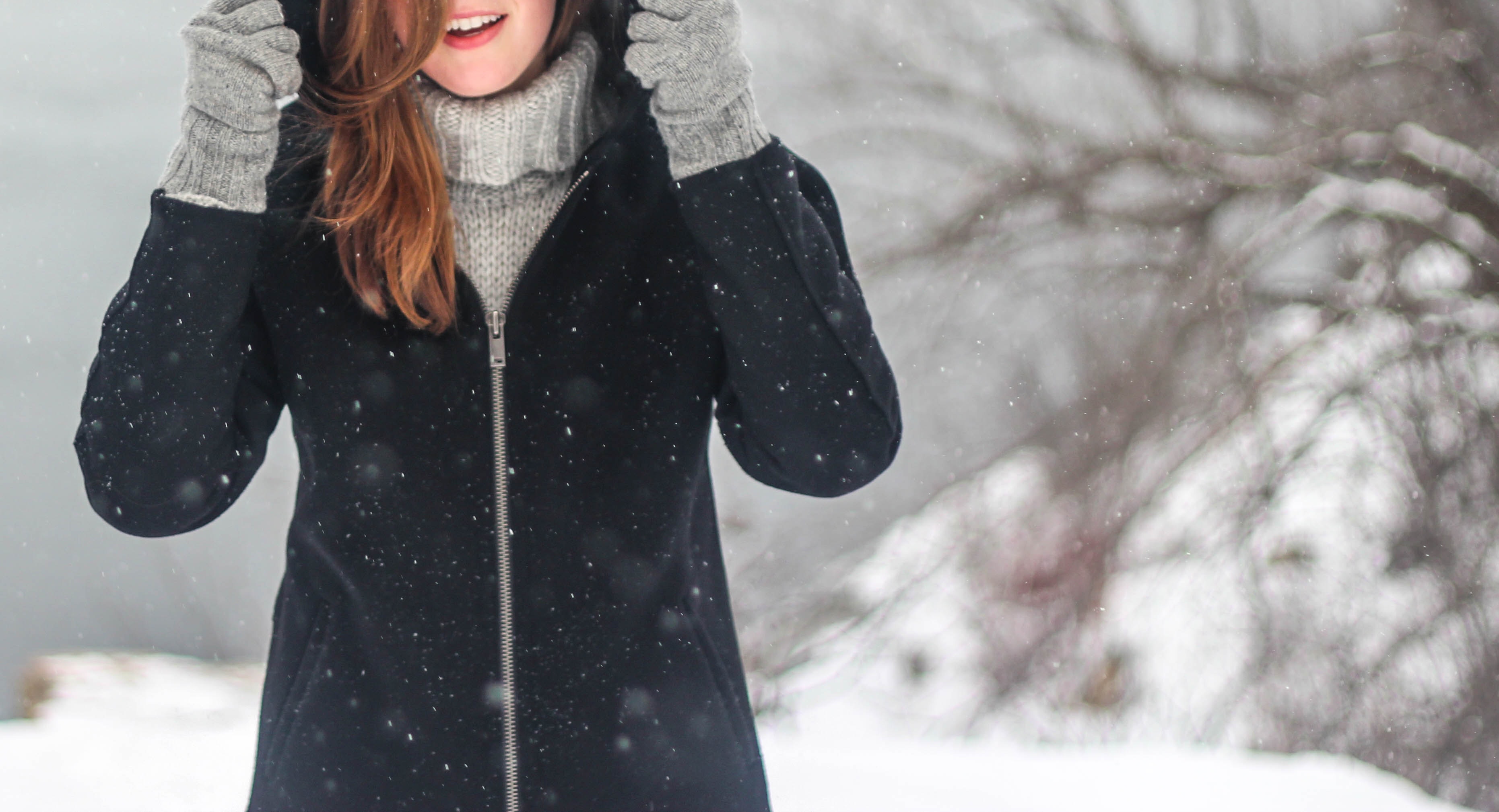The warm touch of bright summer mornings and evenings have been replaced with autumn’s colder grasp. Bright & warm mornings/evenings have been substituted with cold, dark ones and the welcoming summer glow has transitioned into a welcoming committee of frosted car windows and icy pavements.
As we transition from Autumn slowly into Winter, the change in season also brings about a change in the way we work and an increased need to be safe/visible in the dark and icy conditions.
We’ve compiled a list of top tips on how to stay safe and visible in the working months of autumn/ winter.
- Invest in reflective/ high-visibility work wear
Whether you walk into work or drive, high-vis outerwear is a great investment in your safety. It allows road users (cyclists and car drivers) to see you more clearly and at greater distance, allowing more time to slow down and maneuver around you, greatly decreasing the chances of accident (Durant 2016).

2. Light up your bicycles
Where high visibility jackets reflect light, it’s important for cyclists to emit light so they can increase visibility on the road. Lights on bicycles allow road users to see where cyclists are more clearly and are also mutually beneficial for cyclists, allowing them to see where they’re going to avoid potholes, slippery grating and other hard to see dangers on the road.

3. Wear a hat (if you’re not cycling)
During the colder months we reach for our winter coats, gloves and a lot of the time throw our fur-lined hoods over our heads to keep us warm. The downside of this however is it limits visibility in what can be dangerous situations. Replacing the hood with a hat allows for greater visibility while still remaining warm. This allows for greater safety while crossing roads, crossings and other high risk situations where increased visibility it essential.

4. Wake up and leave earlier
With the darker and colder winter mornings, even the simplest of tasks can take a lot more time. The morning commute is a great example, with its icy build ups on the roads and car windows. Defrosting car windows and driving slower to exercise caution is a time-consuming endeavor. Waking up even just twenty minutes earlier allows time to do these tasks and takes the stress out of rushing in dangerous conditions.

Have any more tips to add to the list? Leave a comment and let us know. Which one are you most excited to try?

